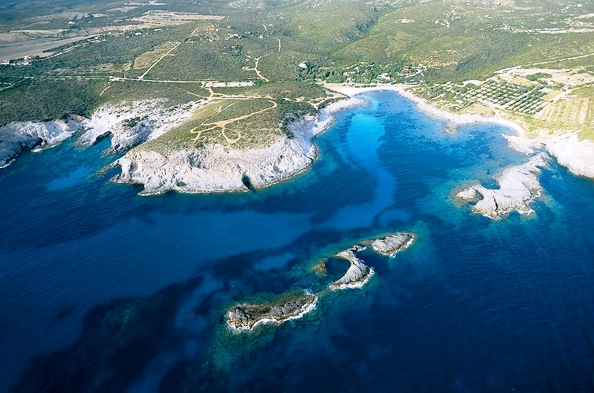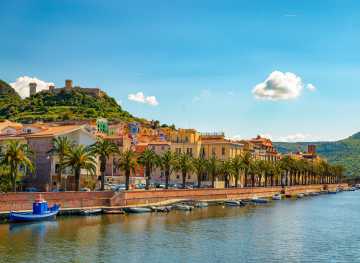Holidays in South Sardinia
The province of South Sardinia
The new province of South Sardinia was instituted in 2016, and it includes the suppressed provinces of Carbonia-Iglesias and Medio Campidano, and a part of the old province of Cagliari.
The province of South Sardinia counts 354.554 inhabitants, of which 28.265 live in the capital, Carbonia. The province covers an area of 6.530 square kilometres and its located in the southern part of Sardinia, from the western to the eastern coast, excluding Cagliari’s Metropolitan Area which is a province on its own.
South Sardinia: a bit of history...
This new province was instituted in 2016, by merging the former provinces of Carbonia-Iglesias and Medio Campidano. South Sardinia is a new province, yet this part of Sardinia has a long and interesting history...
Carbonia - Iglesias: Carbonia was founded on December 18, 1938 by Benito Mussolini. Carbonia was a mining town, built to house the coal miners and its name comes from “carbone” the Italian word for coal. Employment was mainly created by the mines and when the mines were closed in 1970, the city faced high unemployment. The city's economy then turned to the steel industry. Iglesias was the centre of the mining region where lead, zinc and silver were mined.
The ex-mines of this region can be visited and are part of the Parco Geominerario Della Sardegna, the first geo-mineral park in the world, also part of the UNESCO “GEOPARKS” network. The park includes natural sites, mining sites and museums, historical heritage sites.
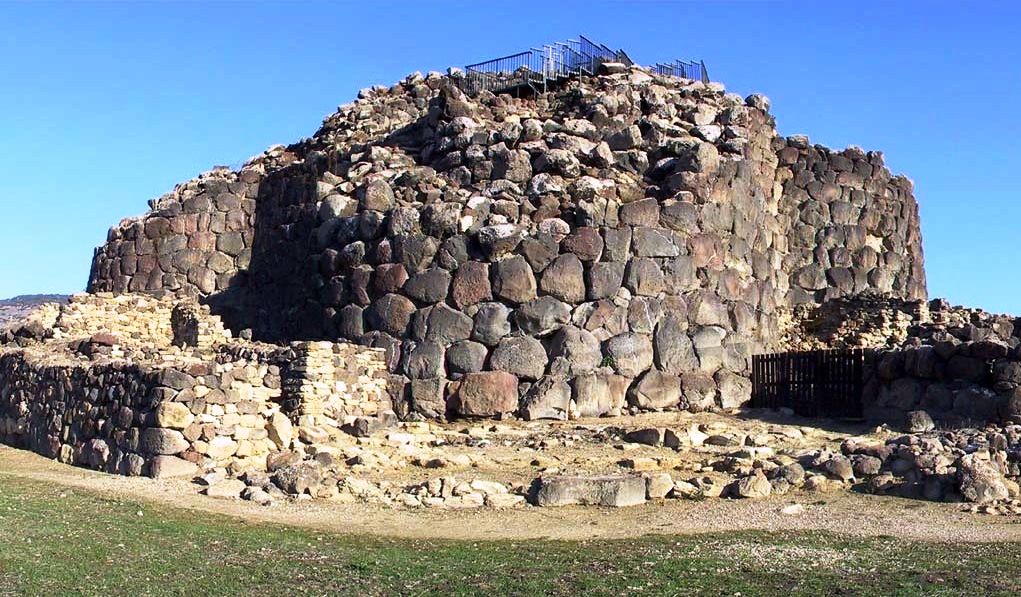
Medio Campidano: Since ancient times, different populations have lived in this part of the island because the part is rich in copper, silver, and lead, among other things. During the 19th century the area developed its mining industry, as has the ex-province of Carbonia Iglesias. Today you can still find vestiges from that era such as construction sites, villages and hamlets that provide evidence of industrial archaeology. Among other things, the complex of Su Nuraxi di Barumini, which is included by UNESCO on the list of World Heritage, should not be missed during your visit to this province.
Must-sees in South Sardinia
History and Art
Su Nuraxi, Barumini: 3.500 years old, the Nuraghe of Barumini is one of the most important and best preserved Nuragic sites, and part of the Unesco World Heritage List since 1997. The village was built around the central tower that was about 19m high and probably served as a defence tower. It is possible to have guided tours (in English).
Museo del Carbone, Carbonia: built on the ex-mine of Sebariu, it is an education centre where you can know more about the mining history of Carbonia. The museum is wheelchair friendly. You can buy tickets for € 6.00.
Museo dell'Arte Mineraria, Iglesias: The creators of the museum tried to give the best possible picture of the daily situation in which the Sardinian miners used to live, by recreating the environment with the help of tools, machines and laboratory equipment.
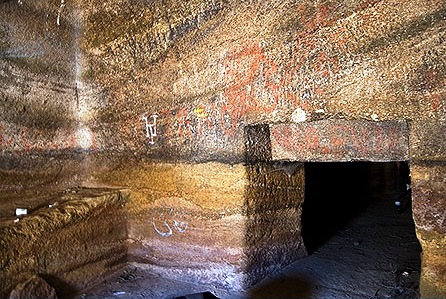
Nature
Costa Verde: The Costa Verde stretches for about 47 kilometres from the northern Capo Frasca to Capo Pecora. This part of Sardinia really has everything to offer: beautiful beaches with small rocky bays, mountains, forests, and evergreen Mediterranean bushes. If you like adventure, here you can go hiking, biking, horseback riding, sailing, diving and surfing.
Sa Spend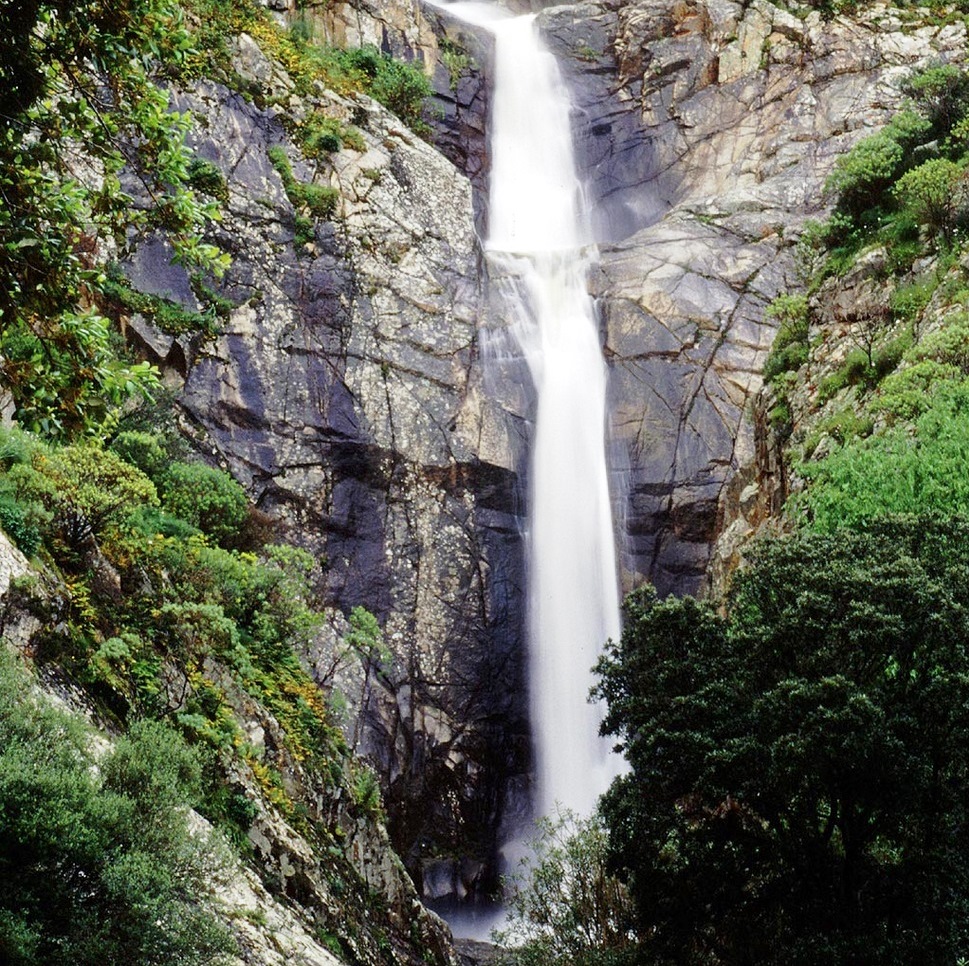 ula: Sa Spendula(The waterfal), is a well-known natural wonder in South Sardinia. The Coxinas River, from about 700 meters above sea level, runs down through a long, narrow gorge between the 2 mountains Margiani and Omo, making 3 jumps, the last of which is almost 30 meters long. The best time to visit the waterfall is during the rainy season.
ula: Sa Spendula(The waterfal), is a well-known natural wonder in South Sardinia. The Coxinas River, from about 700 meters above sea level, runs down through a long, narrow gorge between the 2 mountains Margiani and Omo, making 3 jumps, the last of which is almost 30 meters long. The best time to visit the waterfall is during the rainy season.
The lagoon of Sant 'Antioco: This beautiful lagoon is close to Sant'Antioco town (you can see it when you approach the town) and here you can observe pink flamingos, herons and other water birds from a short distance.
Grotta di Su Mannau: among the oldest in the world, these caves can be visited (accompanied by a guide). The accessible part covers about 500m is also called the Archaeological Chamber and was used as an underground temple dedicated to the Sardinian cult of water. There are also special tours for cavers on request.
Beaches
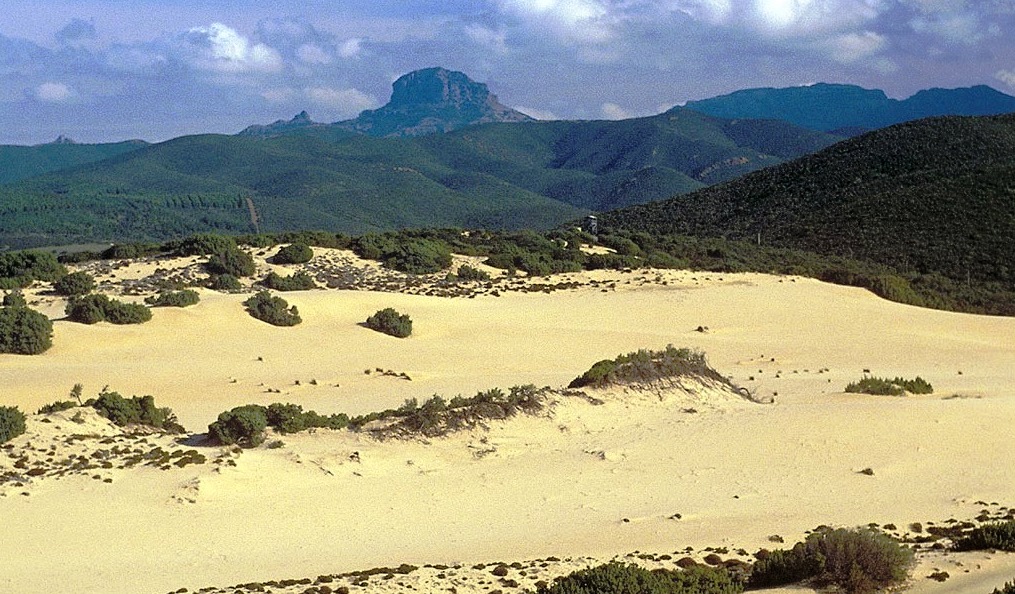
Piscinas: the largest natural beach in Europe, Piscinas has a fantastic dune landscape with dunes of up to 60 meters high. These dunes are among the highest in Europe and are somewhat reminiscent of the Sahara, in fact the area is a small desert! Here you may see the Sardinian deer, wild boars, foxes and birds which live on the edge of this area.
Cala Domestica: this small beach, hidden in a bay near Bugerru, is one of the gems of the Costa Verde. The transparent emerald waters are usually calm, as Cala Domestica is framed between two tall cliffs that protect the beach from the open sea and the winds. Here you can park your car, rent parasols and loungers and there is also a nice beach bar. You can also rent pedal boats, go kayaking, scuba diving, snorkelling or windsurfing.
Porto Pino: This beach is one of the most interesting in Sardinia. It’s a 4 kilometres long beach, that divide the sea from the Porto Pino lagoon, where its possible to see the pink flamingos. This beach is special because of the stunning landscape made of white sand dunes and Mediterranean vegetation. The waters are crystal-clear and shallow, making it perfect for young kids. Here you can also rent parasols and loungers and have a drink in one of the beach bars.
Chia beach: this is one of the most famous Sardinian beaches, its only 750 metres long and is quite popular especially for families with kids, because of the clear and shallow waters. Chia is also one of the best spots for windsurfing and kitesurfing in Sardinia.
.jpg)
Punta Molentis, Villasimius: very popular Sardinian beach, close to the tourist hotspot of Villasimius. The beach is only 350 metres long, and its very popular in summer. Here you can rent your spot with a parasol and a lounger, and there are also beach bars and restaurants.
Gastronomy
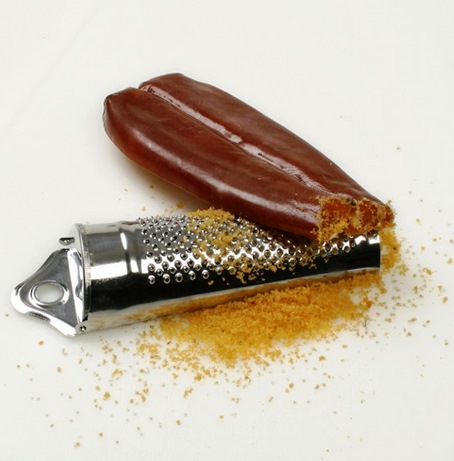 Tuna Bottarga: one of the most popular Sardinian specialities, it is made with the roe of the tuna or mullet fish, preserved in salt, and pressed between wooden planks to dry and season. Bottarga is often eaten as an antipasto, cut into thin slices and served on toasted bread with a little olive oil.
Tuna Bottarga: one of the most popular Sardinian specialities, it is made with the roe of the tuna or mullet fish, preserved in salt, and pressed between wooden planks to dry and season. Bottarga is often eaten as an antipasto, cut into thin slices and served on toasted bread with a little olive oil. Pecorino Sardo: The Sardinian pecorino cheese. A special variant of pecorino Sardo is the “Casu Marzu”, Sardinian for 'rotten cheese'. This cheese has an extreme taste, and it is banned In the European Union, but in Sardinia it is still available.
Malloreddus: Italians cannot live without pasta and in every region, you will find a different typical pasta type.The "malloreddus" are about 2 inches long, ribbed, and made from semolina and water. Each town has its own local recipe and name,and this pasta is still made according to traditional methods.
Culurzones or Culurgiones: are typical dishes for the Sulcis Iglesiente region. They are a type of Sardinian ravioli made from semolina and water and filled with fresh ricotta cheese, eggs and saffron. After cooking, the Colunzones are served with fresh tomato sauce, some basil and grated pecorino cheese.
Tappadas: Typical Campidano dish, that consist of snails, cosidered a delicacy in Sardinia. In fact, it is a traditional peasant dish because snails were common in the countryside. After extensive soaking and cleaning, the snails are cooked with garlic and herbs and then drizzled with olive oil and parsley.





